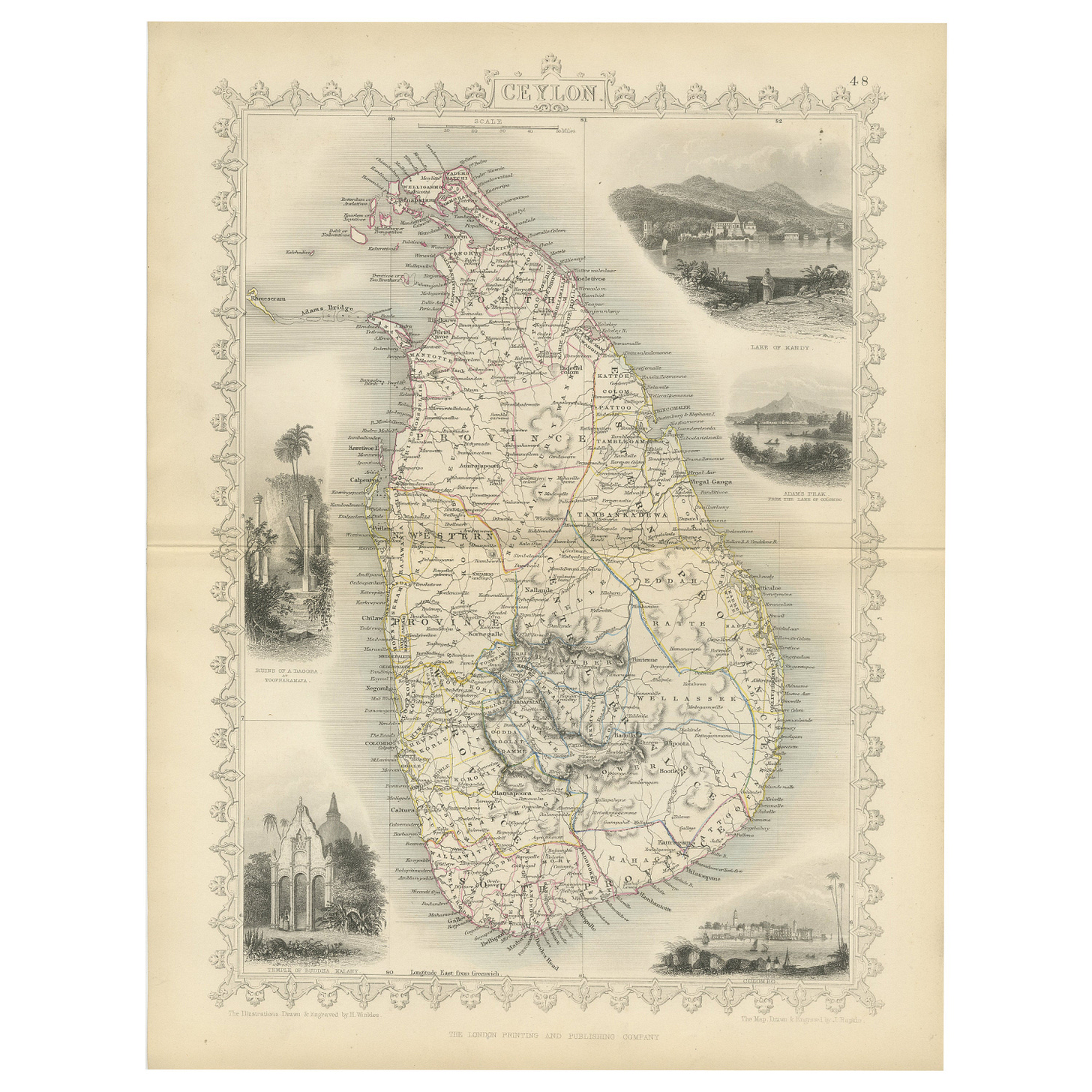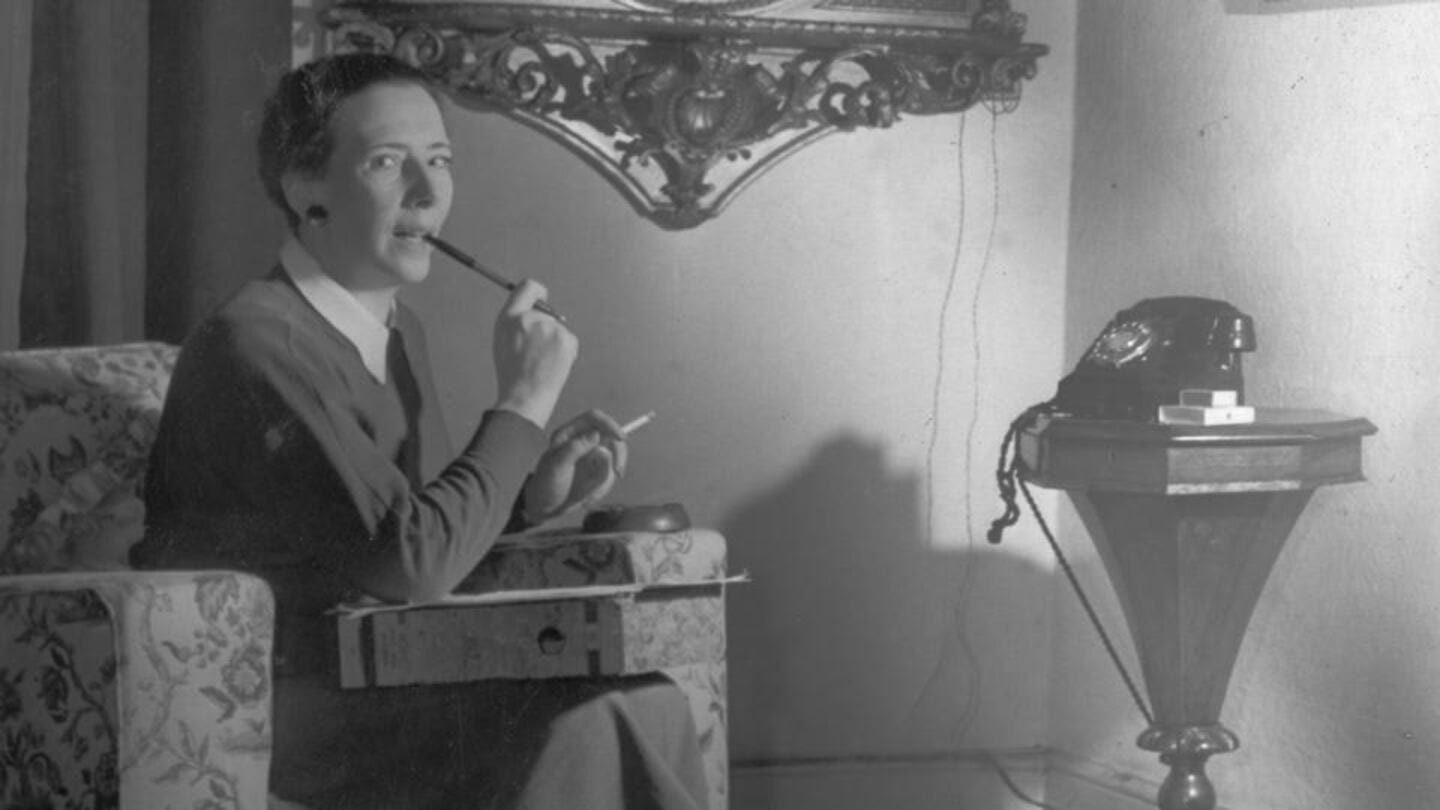What is, and what is not, inherently Irish, in terms of food, is a difficult proposition to answer. Perhaps an answer is not possible at all. Perhaps it is not desirable. Maybe it is and I’m overthinking it.
We all know what’s Irish and what’s not Irish.
Don’t we?
Especially in terms of food?
Along the wide spectrum of Irishness in terms of baking, one finds diverse foodstuffs, such as soda bread and scones, to eclairs and Black Forest Gateau. As I have written elsewhere, if we want to think creatively and critically about Irish food, we need to distinguish between Irish baking and baking in Ireland. Both are equally important traditions worth investigating, as I continue to do in my own food writing.
They are the left and right hand of the body, working together to make up a narrative, a foodway, that reveals the lived experience of the Irish people.
Coconut biscuits, for those that don’t know, are a type of sweet baked good made with desiccated coconut. Coconut biscuits have a modest but notable relationship to Irish baking culture, particularly domestic baking from the mid-20th century onward.
While coconut is not a native Irish ingredient (as fas as I know), the widespread use of desiccated coconut in baking reflects Ireland’s engagement with empire-era imported goods, ration-era ingenuity, and a growing interest in exotic flavours in post-war home cooking.
Ireland was a colony after all.
One that was mostly cold and mainly poor.
We needed a little exotic warmth in our dreary grey lives.
Desiccated coconut became widely available in Ireland in the late 19th and early 20th century via the British Empire, particularly from Ceylon (Sri Lanka) and the West Indies. By the 1950s, it was a common pantry item sold in shops and used in economical and frugal baking, like dried fruit or golden syrup.
Maura Laverty, one of the many Godmothers of Irish baking, in her cookbooks, such as Kind Cooking (1946) and Full and Plenty (1960) and columns for the Woman’s Life (editor, 1936) and Woman’s Way (1963), referenced coconut in the context of biscuits, cakes and sweets that delighted children or mimicked more luxurious foreign fare.
Laverty was also a radio dramatist and broadcaster in the 1940s–50s were she regularly presented cookery and domestic programmes, sometimes featuring read-aloud recipes and advice on economical meals. These broadcasts brought her recipes directly into Irish homes, especially important for women without cookbooks.
The foreign frugality of these biscuits must have appealed to her as she looked out her window over her dear dirty Dublin. Coconut was a far cry from Cabra.
Coconut biscuits were also popular in Irish ICA (Irish Countrywomen’s Association) cookbooks and fundraising collections. This organization did more than most to promote domestic cookery in Ireland throughout the 20th century.
Many older Irish people recall coconut biscuits as a childhood treat from childhood, packed into school lunches, or served after Mass on Sundays.
Coconut biscuits do fit neatly into Ireland’s long tea-time tradition, often served alongside digestives, shortbread, fig rolls, and a multitude of other biscuits that you can probably name as you read this sentence.
As William Blake wrote in ‘Auguries of Innocence’ (1803) a world can be seen in a grain of sand.
It can also be seen in a biscuit.
A coconut biscuit.
Made in Ireland.
Jp.
20th May, 2025.









Love Maura Laverty’s books ! So good to see her photograph …..
Crimbles do a gorgeous version of the coconut biscuit and gluten free too!